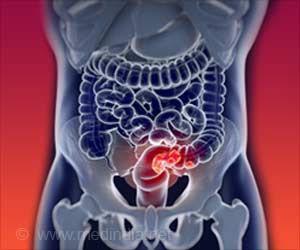A cellular switch that can be turned off and on to slow down the growth of the aggressive malignant brain tumour has been discovered by scientists.

According to the researchers the protein, found in most glioblastomas, can be targeted to develop a drug treatment for these highly malignant brain tumors.
Senior author Dr. Amyn Habib, associate professor of neurology and neurotherapeutics at UT Southwestern Medical Center, said that their study identifies a new mechanism involving RIP1that regulates cell division and death in glioblastomas.
She said that for individuals with glioblastomas, this finding identified a target for the development of a drug treatment option that currently does not exist.
In the study, researchers used animal models to examine the interactions of the cell receptor EGFRvIII and RIP1. Both are used to activate NFkB, a family of proteins that is important to the growth of cancerous tumor cells. When RIP1 is switched off in the experimental model, NFkB and the signalling that promotes tumour growth is also inhibited. Furthermore, the findings show that RIP1 can be activated to divert cancer cells into a death mode so that they self-destruct.
The study has been published online in Cell Reports.
 MEDINDIA
MEDINDIA




 Email
Email










